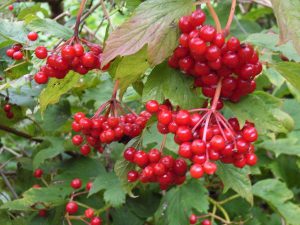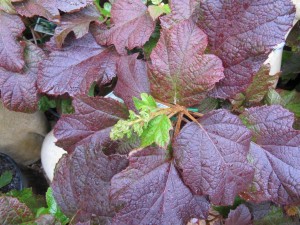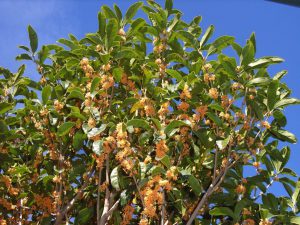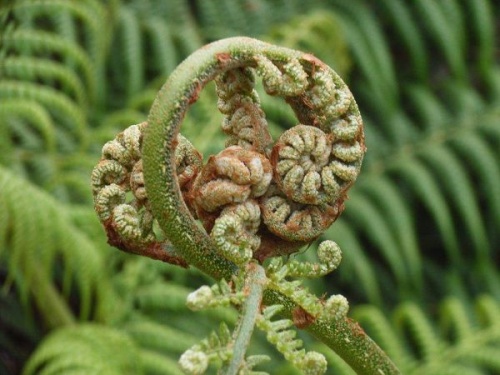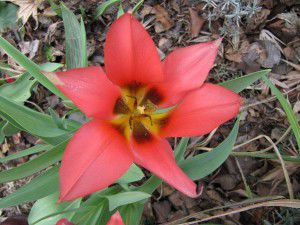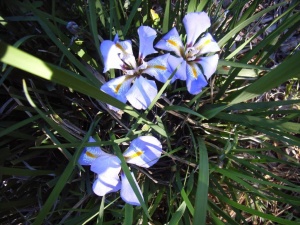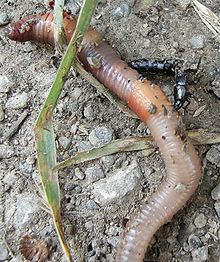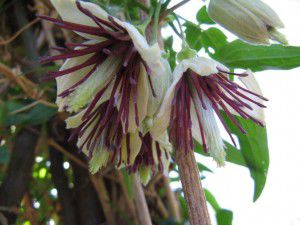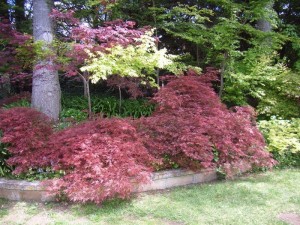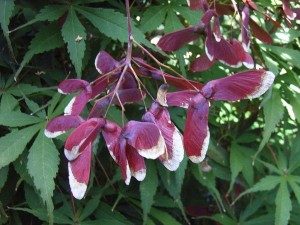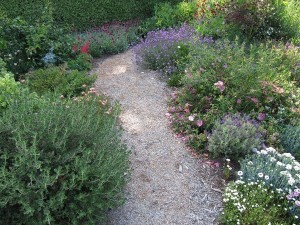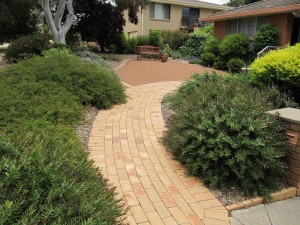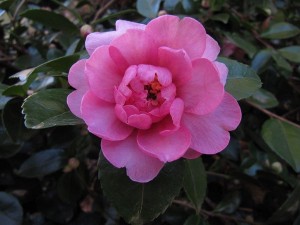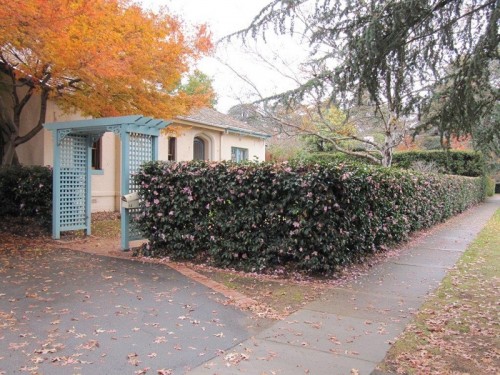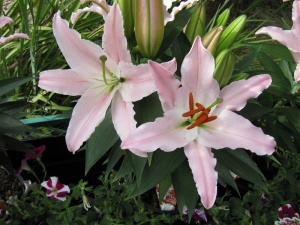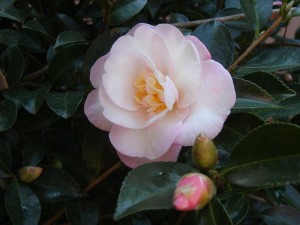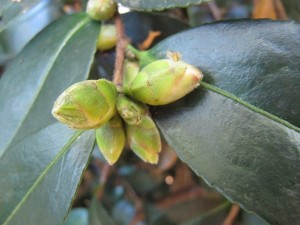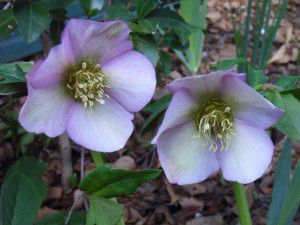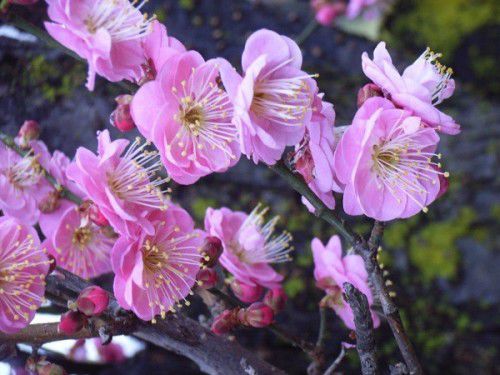WELCOME to a new year of gardening. Ours is a wonderful climate of seasons, cold in winter, some hot days in summer and a glorious spring and autumn. Unlike many of the glossy garden magazines and television shows that seem to concentrate on the capital cities, this column is about gardening and growing conditions here.
With my nearly 45 years living here, except for the time we owned a nursery in Yass, I am now getting the hang of what will grow here!
Gardeners are eternal optimists; we plant tiny seeds and expect them to grow into flowers, shrubs or trees. As we go into a year of celebrations for our first 100 years of Canberra, we also look with optimism to the future of the city.
Many descriptions have been given to the city over the years; Walter Burley Griffin’s concept of the garden city, or later the bush capital. Whereas, in reality, it is a treed city, with more than 600,000 istreet and park trees. This does not include trees in private gardens.
In this centenary year we must do more to preserve our trees.
MANY readers may still be on holidays and hoping that relations or friends have been looking after their gardens in their absence. Certainly, we have experienced some hot weather with little rain. If you are a recent arrival to the ACT, may I suggest you buy a copy of “The Canberra Gardener”, published by the Horticultural Society of Canberra.
Available from most bookshops or newsagents, the updated 10th edition has more than 400 pages of garden advice with diagrams and coloured photos.
SO what happens in January in our gardening world of Canberra?
Bulbs, which relish full sun, may now be growing in shade as trees have grown, or perhaps they simply have got deeper into the soil (which can be caused over several years of adding compost and/or mulch). If bulbs are too deep, there may be plenty of leaves, but no flowers.
With both these situations, now is the time to dig them up and replant in a full-sun position.
Summer prune roses now for an autumn floral display, reducing back the stems to encourage more branching and subsequently more flowers.
If your annual flowers, such as petunias, are looking a bit scrappy, give them a light trim to encourage more flowers and apply a light feed after watering the ground around them first.
The changing weather conditions with generally hot days and cool nights have not been conducive for many vegetables such as tomatoes. Make sure your veggies are well mulched.
And continue feeding with a high potassium plant food those plants that produce flowers for fruit.
WATCH out for “pest plants” in the garden. I seem to have a never-ending number of small box elder seeding from a neighbour’s tree, plus privet and nettle seedlings. I can literally pull out at least 50 or more a week!
These will grow into monsters if you do not practice eternal vigilance. All these being on the environmental weeds list. Usually, they appear under the power lines where the birds have been sitting and the seeds maturing nicely in their droppings. People living in new suburbs without power lines will have this pest plant problem almost eliminated.
MANY people are reluctant to trim back plants that are growing rapidly. If this is not done, those same plants will be tall and scraggly, flopping over with few flowers.
In particular perennial plants, of which you would like an autumn display, such as dahlias, chrysanthemums and Asters or Michaelmas daisies. I would suggest that you reduce their growth by half, which may mean cutting off some flower buds. Do not worry, these will soon grow again.
The post The joys of gardening in Canberra’s special climate appeared first on Canberra CityNews.
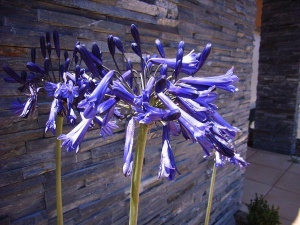
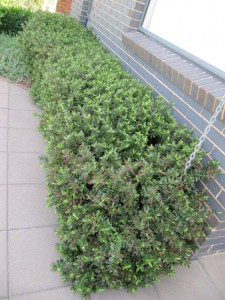
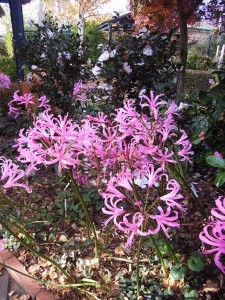
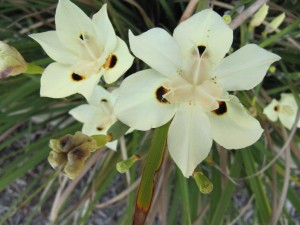
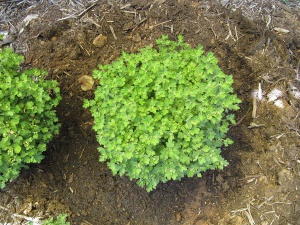

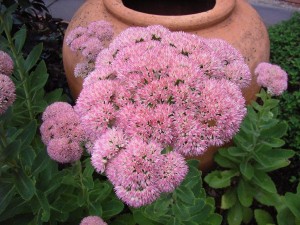
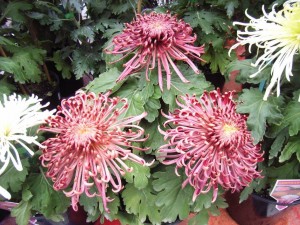
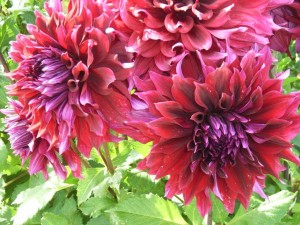
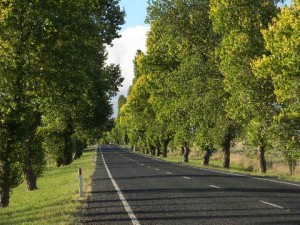 THE NSW Road and Maritime Services (formerly Roads and Traffic Authority) proposes to totally remove Braidwood’s spectacular line of poplars, so enjoyed by tens of thousands of travellers to the coast.
THE NSW Road and Maritime Services (formerly Roads and Traffic Authority) proposes to totally remove Braidwood’s spectacular line of poplars, so enjoyed by tens of thousands of travellers to the coast.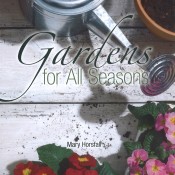 SURELY, not another month-by-month book on gardening?
SURELY, not another month-by-month book on gardening?